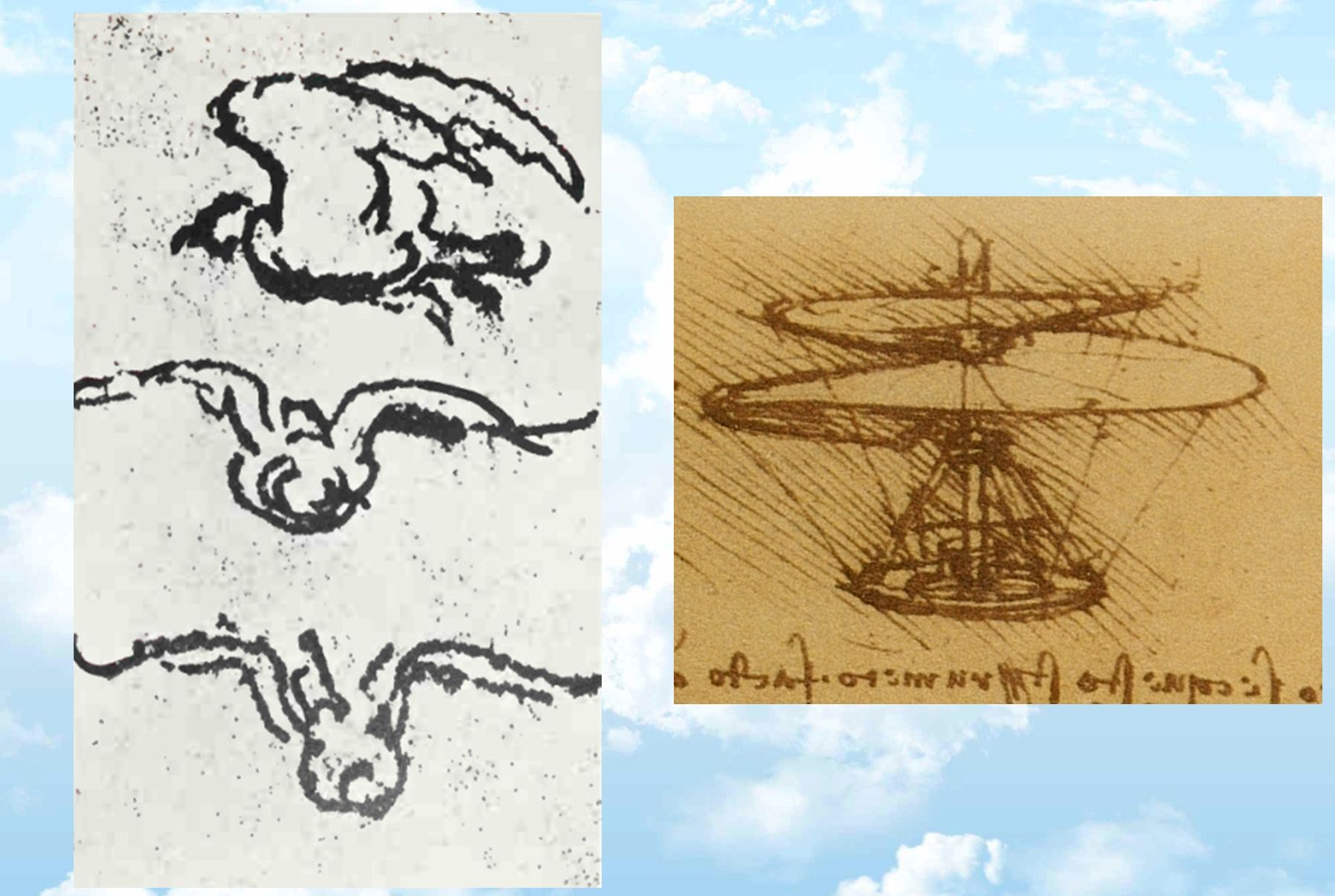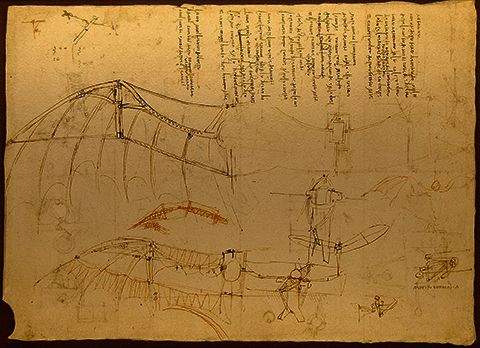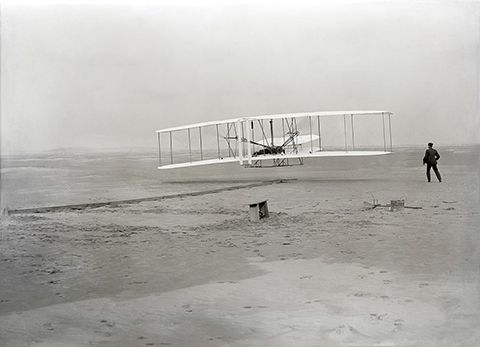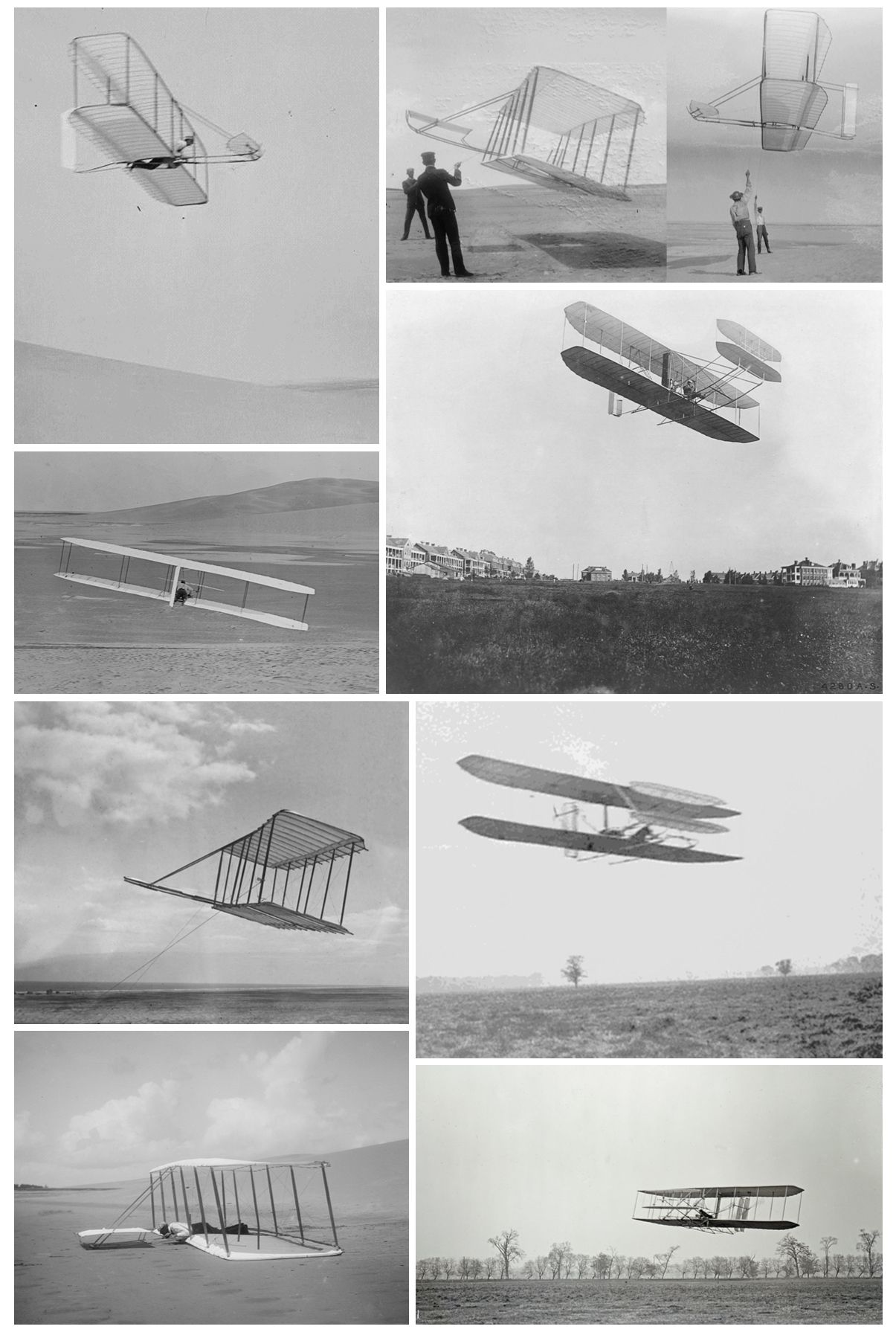UK here I come thanks to Leonardo da Vinci and other brains like him!
I am sure you know that one of the greatest individuals of all time Leonardo da Vinci was a Renaissance visonary who saw the modern world before it became a reality. And very much part of his vision was that one day we would be able to fly.

In Leonardo's infancy a hawk had once hovered over his cradle. Recalling this incident, Leonardo saw it as prophetic:
An object offers as much resistance to the air as the air does to the object. You may see that the beating of its wings against the air supports a heavy eagle in the highest and rarest atmosphere, close to the sphere of elemental fire. Again you may see the air in motion over the sea, fill the swelling sails and drive heavily laden ships. From these instances, and the reasons given, a man with wings large enough and duly connected might learn to overcome the resistance of the air, and by conquering it, succeed in subjugating it and rising above it. 1, 2
The possibility of human mechanical flight held particular fascination for Leonardo da Vinci. He produced more than 35,000 words and 500 sketches dealing with flying machines, the nature of air, and bird flight. He produced one notebook, or codex, almost entirely on flight in 1505-1506, known as the Codex on Bird Flights. In this codex, Leonardo outlined a number of observations and beginning concepts that would find a place in the development of a successful airplane in the early twentieth century.3
You can read more about Leonardo' ideas of flying by following the bookmark link below.

Until the nineteenth century, Leonardo da Vinci was generally known only as a painter. Little or nothing of his sculpture or engineering works survived, and his notebooks, the only surviving evidence of his insatiable curiosity and fertile mind regarding science and technology, were long hidden away, dispersed in private hands. It was only after 1800 that the record of his intellectual and technical accomplishments, the thousands of pages of writings and drawings that we collectively refer to today as Leonardo’s codices, began to surface, be studied, and published. With the rediscovery of the Leonardo codices, the artist who painted the Mona Lisa and The Last Supper was recast as the Renaissance visionary who saw the modern world before it was realized.3

Nearly 500 hundreds years after Leonardo da Vinci, the Wright brothers arrived on the scene. Orville Wright (1871–1948) and Wilbur Wright (1867–1912), were American aviation pioneers generally credited with inventing, building, and flying the world's first successful motor-operated airplane. They made the first controlled, sustained flight of a powered, heavier-than-air aircraft with the Wright Flyer on December 17, 1903, four miles (6 km) south of Kitty Hawk, North Carolina, at what is now known as Kill Devil Hills. The brothers were also the first to invent aircraft controls that made fixed-wing powered flight possible.1

The first powered, controlled, sustained airplane flight in history. Orville Wright, age 32, is at the controls of the machine, lying prone on the lower wing with hips in the cradle which operated the wing-warping mechanism. His brother, Wilbur Wright, age 36, ran alongside to help balance the machine, having just released his hold on the forward upright of the right wing. The starting rail, the wing-rest, a coil box, and other items needed for flight preparation are visible behind the machine. (Orville Wright preset the camera and had John T. Daniels squeeze the rubber bulb, tripping the shutter.) This image (above) was restored by User:Wright Stuf in November, 2018 using GIMP.4
Enjoy this collage of the Wright Brothers various models to make their dream a reality.

As I am teliported from Australia to England please be patient as there might be a few more No Post Days and TagCloud Days until I settle into my holiday in London with a side trip to the islands off the coast of Scotland. And because of the time difference your daily email post might arrive at a different time.
And tomorrow you will enjoy another in our series on the sailing ships as painted by Robert Carter - the ancient form of long distance travel and still going strong today - though in modernised way!
Credit
1. en.wikipedia.org
2. Jean Paul Richter editor 1880, The Notebooks of Leonardo da Vinci Dover, 1970, ISBN 0-486-22572-0.
3. airandspace.si.edu
4. John T. Daniels - File:Wright_first_flight.tif/ en.wikipedia.org
